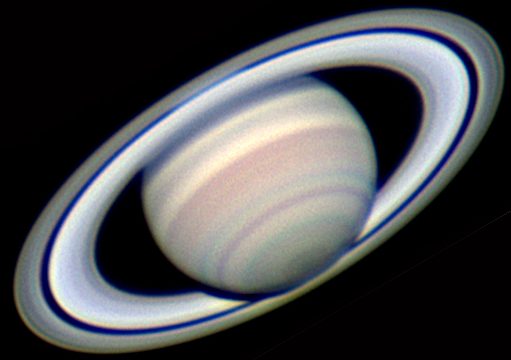- 2021-07-08
The image of Jupiter from 1999
The image of Jupiter from 1999 The basic imaging method is the same as it is now, but the imaging device is 1-2 generations ago. The cooled CCD camera (Teleris2, KAF-400e), which was expensive at that time, and the custom-made methane band filter (Nippon Vacuum Optics, half-value width 6.5 nm) 32 cm newtonian (F / 32 3×3 binning imaging in 20 seconds, which is now 100 times more exposed. It was quite difficult. It was a poor image, but I was happy that the CH4 image was possible even for amateurs. On the Jupiter feature, the clearly large GRS and permanent white spot BE (front) and FA (rear) were captured by CH4, and then In the latter half of March 2000, two permanent white spots merged to form the current Oval BA.

